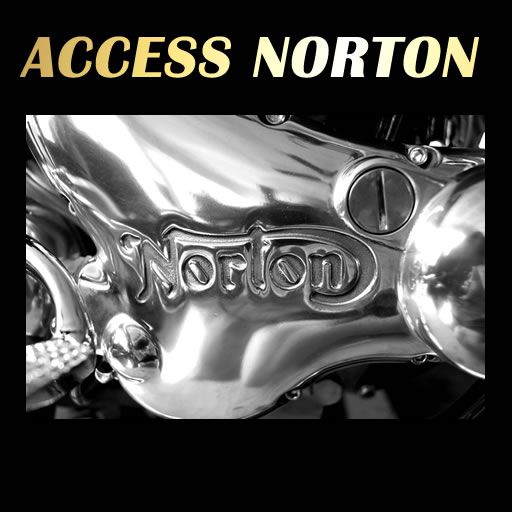vidar hjelm johansen
VIP MEMBER
- Joined
- Aug 5, 2010
- Messages
- 137
Hi
I am considering installing an Anti wet sump valve from Holland Norton Work.
It looks like an elegant and good solution to a major or minor problem.
But for me to do that, I have to trust it 110%. Will the engine, for example, then be able to suck in the oil if the system has been emptied (filled with air) and establish oil pressure quickly enough.
How smart is this, has some of you out there experience with this valve ?
Vidar
I am considering installing an Anti wet sump valve from Holland Norton Work.
It looks like an elegant and good solution to a major or minor problem.
But for me to do that, I have to trust it 110%. Will the engine, for example, then be able to suck in the oil if the system has been emptied (filled with air) and establish oil pressure quickly enough.
How smart is this, has some of you out there experience with this valve ?
Vidar

